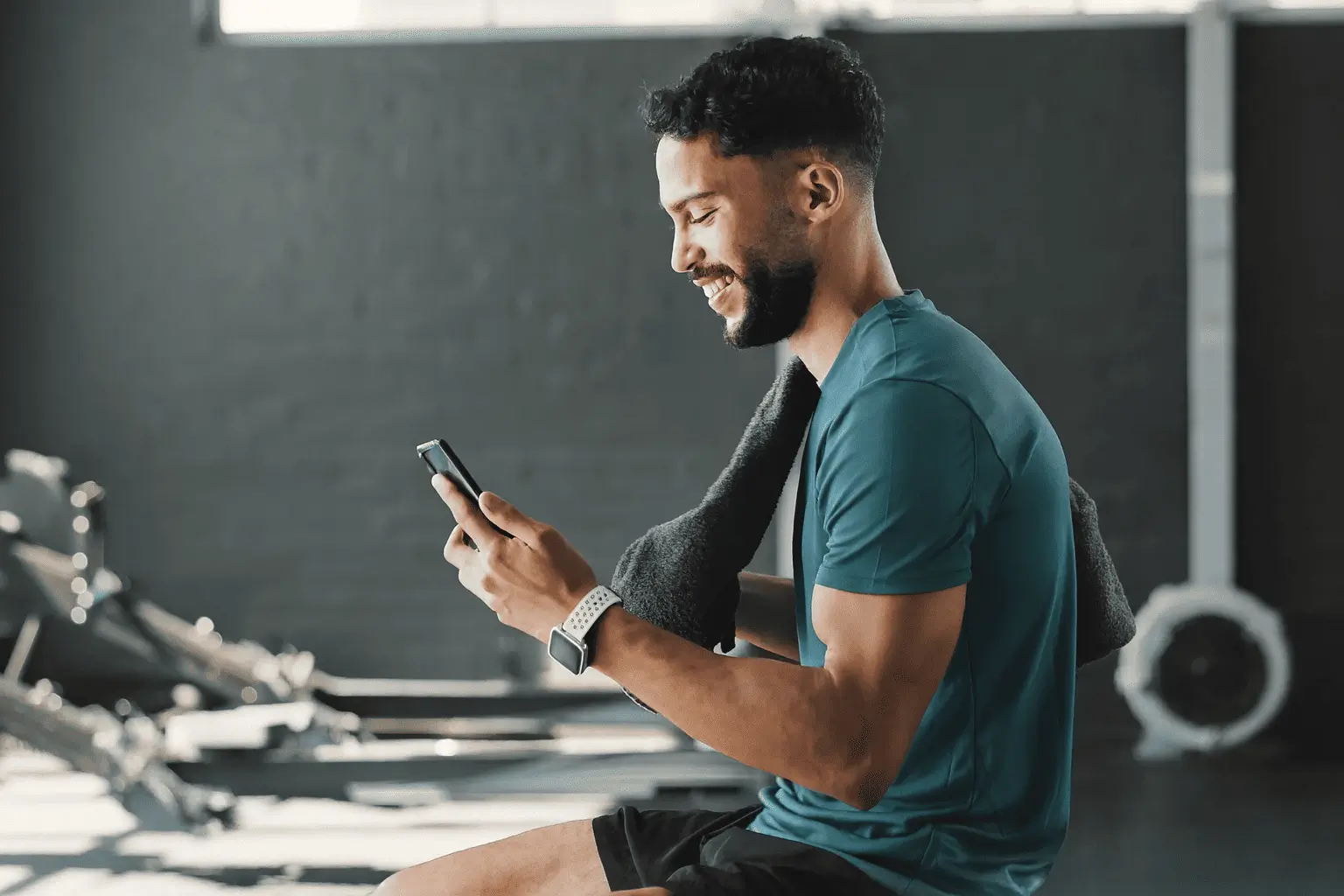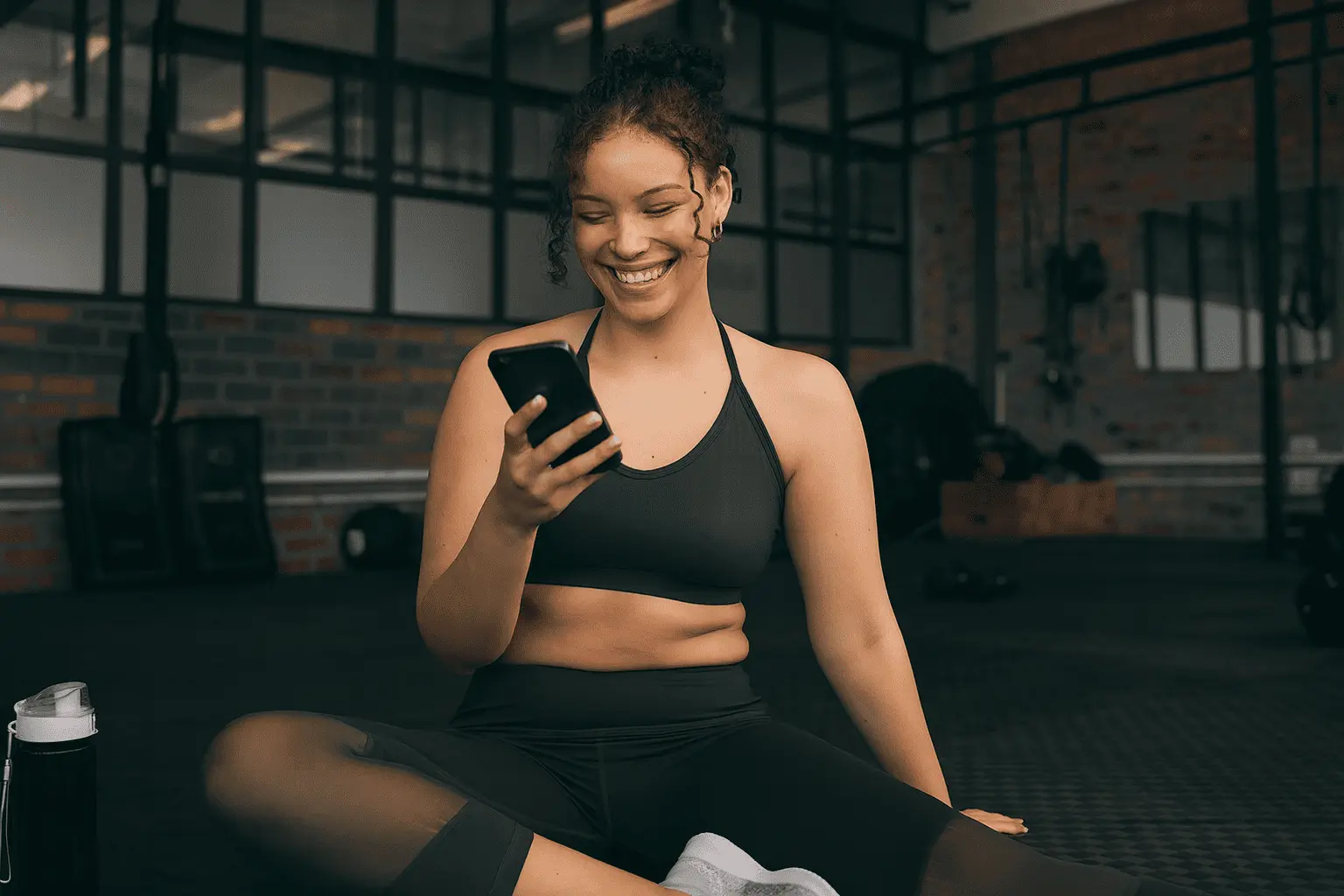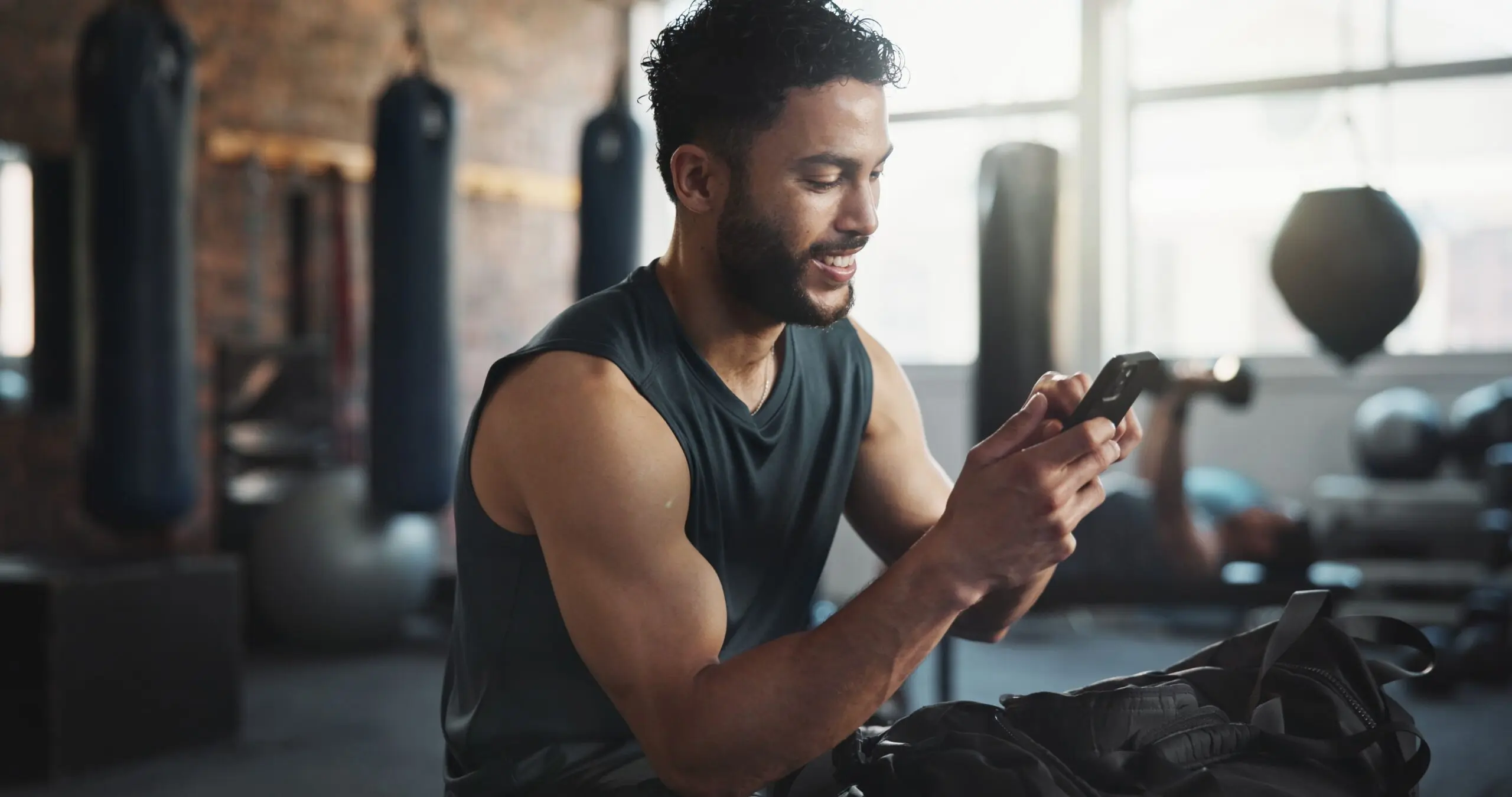In our fast-paced world, where distractions abound and stress levels run high, integrating mindfulness into our daily routines has become increasingly important. This is especially true in the realm of fitness. Mindfulness, defined as the practice of being present and fully engaged in the moment, can significantly enhance your workout experience. By cultivating mindfulness, you not only improve your physical performance but also foster a deeper connection with your body and mind. In this article, we will explore ten mindfulness techniques that can elevate your workouts, boost your motivation, and ultimately help you achieve your fitness goals.
Understanding Mindfulness in Fitness
Before we delve into specific techniques, it’s essential to understand what mindfulness means in the context of fitness. When we talk about mindfulness in workouts, we refer to being aware of your body’s movements, sensations, and emotions during exercise. This awareness allows you to focus on your breath, movements, and intentions, transforming your workout from a mechanical routine into a more meaningful and enriching experience.
The Benefits of Mindfulness in Workouts
- Enhanced Focus: Mindfulness helps you concentrate better on your movements, leading to improved technique and performance.
- Stress Reduction: Engaging in mindful workouts can reduce anxiety and stress levels, creating a more enjoyable exercise experience.
- Increased Enjoyment: Being present in the moment allows you to appreciate your workouts more, making them feel less like a chore and more like a rewarding experience.
- Greater Body Awareness: Mindfulness encourages a deeper understanding of your body, helping you recognize when to push harder and when to rest.
- Improved Recovery: Mindful practices can enhance your recovery process by promoting relaxation and reducing muscle tension.
1. Set Intentions for Your Workout
One of the simplest yet most effective mindfulness techniques is setting an intention for your workout. Intentions are different from goals; while goals are often outcome-oriented (e.g., losing weight or lifting a certain amount), intentions focus on your mindset and emotional state during your workout.
How to Set Intentions
- Before You Begin: Take a few moments to reflect on what you want to achieve during your workout. This could be a feeling (e.g., joy, strength, or gratitude) or a specific focus (e.g., improving your form or enjoying the process).
- Write It Down: Consider writing your intention in a journal or on a sticky note that you can see during your workout. This serves as a reminder to stay connected to your purpose.
- Repeat It: Silently repeat your intention to yourself before and during your workout. This repetition can help reinforce your focus and keep your mind from wandering.
Example of Intentions
- “I intend to feel strong and empowered during my workout.”
- “I choose to focus on my breath and stay present with each movement.”
- “I am grateful for my body and its capabilities, and I will honor it today.”
2. Practice Deep Breathing
Breathing is a fundamental aspect of mindfulness, and practicing deep breathing can significantly enhance your workout experience. Deep, intentional breaths help to calm the mind, reduce stress, and increase oxygen flow to the muscles, improving overall performance.
How to Practice Deep Breathing
- Find Your Rhythm: Begin by taking a few moments to settle into your breath. Inhale deeply through your nose for a count of four, hold for a count of four, and exhale through your mouth for a count of four. Repeat this cycle several times.
- Focus on Your Breath: As you breathe, direct your attention to the sensation of the air entering and leaving your body. Notice how your chest rises and falls, and how your body feels with each breath.
- Incorporate Breathing into Your Movements: Coordinate your breath with your exercises. For example, inhale during the preparation phase of a movement and exhale during the exertion phase. This will help you maintain focus and improve your performance.
3. Cultivate Body Awareness
Body awareness is the ability to connect with your body’s sensations and signals during a workout. By tuning into your body, you can identify areas of tension, fatigue, or discomfort, allowing you to adjust your movements accordingly.
How to Cultivate Body Awareness
- Start with a Body Scan: Before your workout, take a few moments to perform a body scan. Close your eyes and mentally scan your body from head to toe, noticing any areas of tension or discomfort. Acknowledge these sensations without judgment.
- Check In During Your Workout: Throughout your workout, periodically pause to check in with your body. Ask yourself how you feel, and make adjustments as necessary. For instance, if you notice tightness in your shoulders while lifting weights, consider adjusting your form or taking a break.
- Listen to Your Body: Trust your body’s signals and honor them. If you feel fatigued or in pain, allow yourself to modify your workout or take a rest. This mindfulness practice can help prevent injuries and enhance your overall experience.
4. Engage in Mindful Movement
Mindful movement involves performing exercises with intention and awareness. Instead of going through the motions, focus on each movement’s quality, precision, and purpose. This technique is particularly beneficial during activities like yoga, Pilates, or dance but can be applied to any workout.
How to Practice Mindful Movement
- Slow Down: Take your time with each repetition, focusing on the mechanics of the movement. For example, when performing a squat, pay attention to the alignment of your knees, hips, and back.
- Visualize Your Movements: As you exercise, visualize the muscles you are engaging and the energy flowing through your body. This mental imagery can enhance your focus and connection to the exercise.
- Limit Distractions: Create an environment that promotes mindfulness by minimizing distractions. Put away your phone, turn off the TV, and choose a quiet space to focus solely on your workout.
5. Use Guided Meditation or Mindfulness Apps
If you find it challenging to practice mindfulness on your own, consider using guided meditation or mindfulness apps. These resources can provide structure and support, helping you cultivate a more mindful approach to your workouts.
Recommended Apps and Resources
- Headspace: This popular app offers guided meditations and mindfulness exercises tailored for various situations, including workouts.
- Calm: With a wide variety of guided meditations, calming music, and sleep stories, Calm can help you find mindfulness before or after your workouts.
- Insight Timer: This app features thousands of free guided meditations, including those specifically designed for fitness and movement.
How to Incorporate Guided Meditation
- Pre-Workout Meditation: Spend 5-10 minutes before your workout listening to a guided meditation that focuses on setting intentions or enhancing body awareness.
- Post-Workout Reflection: After your workout, use a guided meditation to reflect on your experience, acknowledging your efforts and celebrating your achievements.
6. Practice Gratitude
Gratitude is a powerful mindfulness practice that can transform your mindset and enhance your workout experience. By focusing on what you appreciate about your body, your progress, and your fitness journey, you cultivate a positive attitude that can motivate you to push harder and enjoy the process.
How to Practice Gratitude
- Start a Gratitude Journal: Consider keeping a fitness gratitude journal where you write down three things you are grateful for before or after each workout. This could include your physical abilities, improvements you’ve made, or the support of friends and family.
- Express Gratitude During Your Workout: As you exercise, consciously acknowledge what you appreciate about your body and its capabilities. For example, while running, think about how grateful you are for the strength in your legs or the ability to breathe deeply.
- Share Your Gratitude: Take a moment to express gratitude to others who support your fitness journey, whether it’s a workout buddy, a coach, or a family member. Sharing positivity can enhance your motivation and strengthen your connections.
7. Focus on the Present Moment
Mindfulness is all about being present, and this technique can dramatically improve your workout experience. When you focus on the present moment, you let go of worries about the past or future and fully engage in your workout.
How to Focus on the Present Moment
- Use Your Senses: Engage your senses during your workout. Notice the feeling of the ground beneath your feet, the rhythm of your breath, and the sounds in your environment. This sensory awareness can help ground you in the present moment.
- Practice Mindful Listening: If you listen to music or podcasts while working out, pay attention to the sounds and lyrics. Allow yourself to fully immerse in the audio experience rather than letting it fade into the background.
- Count Your Reps: Instead of letting your mind wander, focus on counting your repetitions. This simple practice keeps you engaged and present, allowing you to appreciate each movement.
8. Incorporate Mindful Stretching
Stretching is an excellent opportunity to practice mindfulness, as it encourages you to connect with your body and its sensations. Mindful stretching enhances flexibility, relieves tension, and promotes relaxation.
How to Practice Mindful Stretching
- Warm Up with Intent: Before your workout, dedicate time to mindful stretching. Focus on each stretch, holding it for 20-30 seconds while breathing deeply and observing the sensations in your muscles.
- Listen to Your Body: As you stretch, pay attention to any areas of tightness or discomfort. Adjust your stretches accordingly, and avoid pushing yourself too hard.
- Incorporate Visualization: While stretching, visualize the muscles you are working on lengthening and releasing tension. This mental imagery can enhance your flexibility and deepen your connection to your body.
9. Reflect on Your Progress
Taking time to reflect on your progress is a crucial aspect of mindfulness that can boost your motivation and overall experience. Acknowledging how far you’ve come can help you appreciate your efforts and encourage you to stay committed to your fitness journey.
How to Reflect on Your Progress
- Keep a Workout Journal: Document your workouts, noting your achievements, challenges, and feelings. This journal can serve as a valuable tool for reflection and self-assessment.
- Set Milestones: Establish short-term and long-term fitness milestones. Regularly revisit these milestones to acknowledge your progress and celebrate your successes.
- Practice Self-Compassion: Be kind to yourself as you reflect on your journey. Recognize that progress may not always be linear, and that setbacks are a natural part of the process.
10. Create a Mindful Cool Down Routine
Just as warming up is essential, cooling down is equally important. A mindful cool-down routine allows you to transition out of your workout, promote recovery, and reinforce the mindfulness techniques you’ve practiced.
How to Create a Mindful Cool Down
- Slow Your Movements: Gradually decrease the intensity of your exercises as you cool down. Transition from high-intensity movements to gentle stretches or yoga poses.
- Incorporate Deep Breathing: As you cool down, return to deep breathing. Inhale deeply through your nose and exhale slowly, allowing your heart rate to return to normal.
- Reflect on Your Workout: Take a few moments to reflect on your workout experience. Consider what you enjoyed, what challenged you, and how you feel physically and emotionally.
Conclusion
Integrating mindfulness techniques into your workout routine can profoundly enhance your fitness journey. By setting intentions, practicing deep breathing, cultivating body awareness, and engaging in mindful movement, you can create a more fulfilling and rewarding exercise experience. The benefits of mindfulness extend beyond physical performance; they encompass emotional well-being, stress reduction, and a deeper connection to your body.
As you explore these ten mindfulness techniques, remember that mindfulness is a personal practice. Feel free to experiment and adapt these techniques to suit your needs and preferences. Ultimately, the goal is to enhance your workouts, foster a positive mindset, and empower you to achieve your fitness goals.
In a world filled with distractions, embracing mindfulness can transform your workouts from mere routines into meaningful experiences that nourish your body and soul. So take a deep breath, focus on the present moment, and let mindfulness elevate your fitness journey.
As of 2023, there is a growing trend of incorporating virtual reality (VR) and augmented reality (AR) into fitness routines to enhance mindfulness. These technologies offer immersive environments that can help users focus on their workouts by minimizing external distractions and providing guided mindfulness exercises. Additionally, recent studies have shown that combining mindfulness with high-intensity interval training (HIIT) can lead to improved mental resilience and physical endurance.
In recent developments, wearable technology has advanced to include features specifically designed for mindfulness during workouts. Devices now offer real-time feedback on stress levels and breathing patterns, allowing users to adjust their activities for optimal mindfulness and performance. Moreover, the integration of AI-driven personal trainers in fitness apps provides personalized mindfulness cues and adjustments, enhancing the overall workout experience.















One Comment